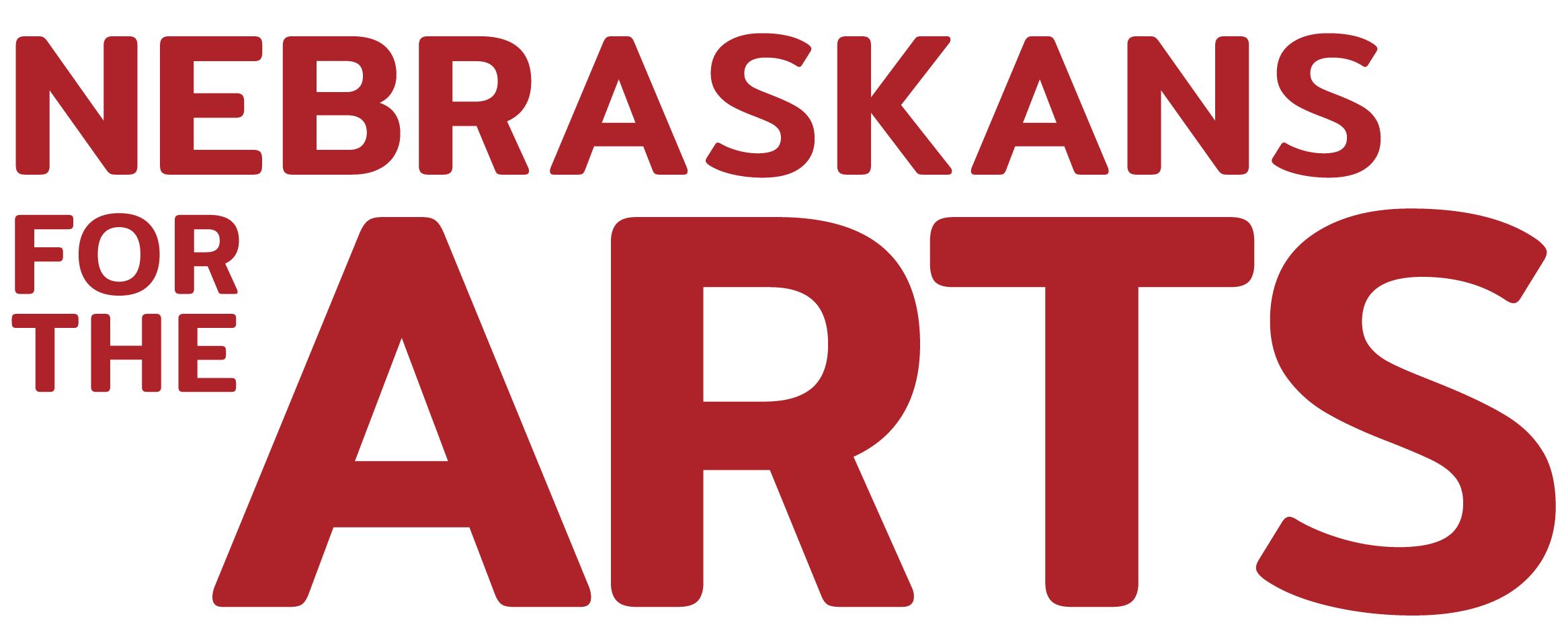Architect, RDG Planning & Design, Omaha
Exposure to the arts allows us to be reflective of the environment we live in. For me, art class was the beginning of a conversation that I’m still having. It was my introduction to the issues of meaning of our lives – that’s probably the broadest way of saying it. What’s the value of craft or the value of human artistry?
The way that you convert a concept into a physical object – it’s a mental pursuit, and it’s really a conversation you have with your hands. When I’m at my best, that’s what I do at work. That’s architecture. How do you take a concept and mold it into something that’s concrete? That was an exercise I first learned in my pottery class.
There was a lure to that wing of the school, where the arts classes were. The teachers there seemed more interested in creating a meditative environment, where the classes were more self-directed and more about doing creative work. There was something appealing, probably about being able to access something that I wasn’t getting in my math classes and my English classes and my history classes.
There are so many classes where students fail at what’s put in front of them, over and over, until they just shut down. But in pottery, there was a sense of accomplishment. Every student in the class learned how to center their clay on the wheel. Everyone was proud of themselves for learning that. That’s worth voicing, even that small accomplishment that you might find in the arts.
I felt like the arts opened up a critical thought process for me, a social context that the standard curriculum didn’t. Specifically, in pottery, I was making pieces that were abstract, which calls up the question, “Well, what’s it mean?” I think those are skills that I continue to nurture, that process of thinking critically about the world I live in…I’m still learning.


